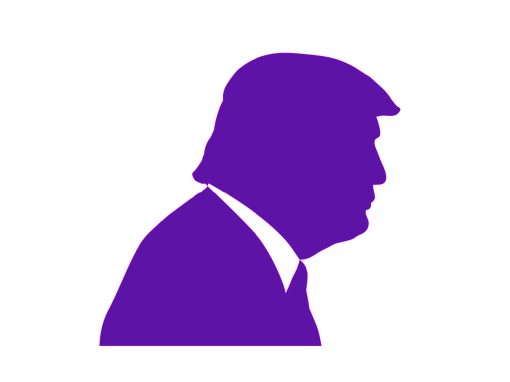Logos, company or product names come to mind when it comes to the term “trade mark”. Unbeknownst to the general public, trade mark registrations can also be obtained to protect a shape or colour. In fact, some have even attempted to register a mark for smells, sounds or even, human faces. This begs the question, is it possible to trade mark a person’s face?
A recent decision from the EUIPO Board of Appeal (BoA) sheds a glimmer of hope for those up for a challenge.
Prior attempts – Puck Schrover case
Previously, several models have filed applications to register trade marks of real-life pictures but have mostly been unsuccessful. One of the recent cases involved the figurative mark of Dutch model Puck Schrover. The application concerned services for mannequins and photo model for sales promotion.
The Examination Division rejected the application stating the applicant has failed to demonstrate the mark had distinctive character or acquired distinctiveness through use. According to the Examiner, the mark has neither memorable features nor striking elements that will allow the consumers to perceive it as anything more than a mere appearance.
The applicant argued that the mark has acquired distinctiveness through use. They claimed the mark represents an image of the internationally renowned model who worked for famous brands including LV, Chanel and Dior. The model has also appeared appear in various international fashion shows and magazines.
The Examiner responded by saying the mark did not indicate anything about recognition as a trade mark and the applicant has failed to provide adequate evidence showing that the public recognized the desired mark as a distinctive sign for modelling services.
Although this case was refused, the EUIPO Examination Division did not exclude the possibility of registering these marks. The fundamental is that the face depicted in the mark has to have dominant or distinctive features, such as Donald Trump’s hair (an example provided by the EUIPO).
Recent Board of Appeal’s decision (R1255/2023-4 and R1266/2023-4)
Similar to Puck Schrover’s application, Dutch models Marlijn Hoek and Roos Abels’s applications concerning services for mannequins and photo model were similarly rejected for lack of distinctiveness.
According to the Examiner, although the real-life person’s face depicted in the mark is unique, uniqueness and distinctiveness are two different concepts.
The applicants appealed the Decision, and the BoA upheld the Appeals.
In summary, the BoA disagrees with the Examiner and rule that faces identify a person in a similar way as first names and surnames. The marks are thus found to be distinctive as they identify the person providing the modelling service.
Conclusion
Although registering faces has proven to be challenging, it is not impossible. However, as it currently stands, the assessment of distinctiveness is and will remain a substantial obstacle.









